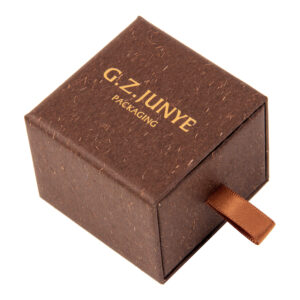The lid type gift box and the drawer box are two common packaging box designs, each with its own advantages and suitable scenarios. Here are some advantages of the Custom lid style paper box over the drawer box:
9-300x300.jpg)
1. Simple structure: The sky-lid box has a relatively simple structure, consisting of a base box and a lid, which is easy to assemble and disassemble.
2. Cost-effectiveness: Due to its simple structure, the production cost of the sky-lid box is usually lower than that of the more complex drawer box.
3. Easy to stack: Sky-lid boxes can be easily stacked, saving storage and transportation space.
4. Display effect: The lid of the sky-lid box can be fully opened, facilitating the display of products, allowing customers to see the product in its entirety at a glance.
13-300x300.jpg)
5. Easy to open and close: Users can easily open and close the tuck-top box, enhancing the user experience.
6. Suitable for a variety of products: Tuck-top boxes are suitable for a wide range of products, especially those that do not require complex protection or fixing structures.
7. Environmentally friendly: Due to the use of less material, tuck-top boxes are somewhat more environmentally friendly.
8. Easy to print and decorate: The surface of the tuck-top box is flat, making it suitable for printing and decoration, which facilitates brand promotion.
2-300x300.jpg)
9. Facilitates automated production: The production process of tuck-top boxes is suitable for automation, which enhances production efficiency.
10. Strong adaptability: Tuck-top boxes can be customized according to the product size, adapting to products of various sizes.
11. Reduces packaging materials: Compared to drawer boxes, tuck-top boxes typically use less packaging material, which helps to reduce packaging waste.
12. Easy to recycle: Due to their simple structure, tuck-top boxes are easier to recycle and reuse.
5-300x300.jpg)
Each lid type gift box design has its specific advantages and limitations. The choice of which type of box depends on a variety of factors, including product characteristics, cost budget, market positioning, and consumer preferences.










